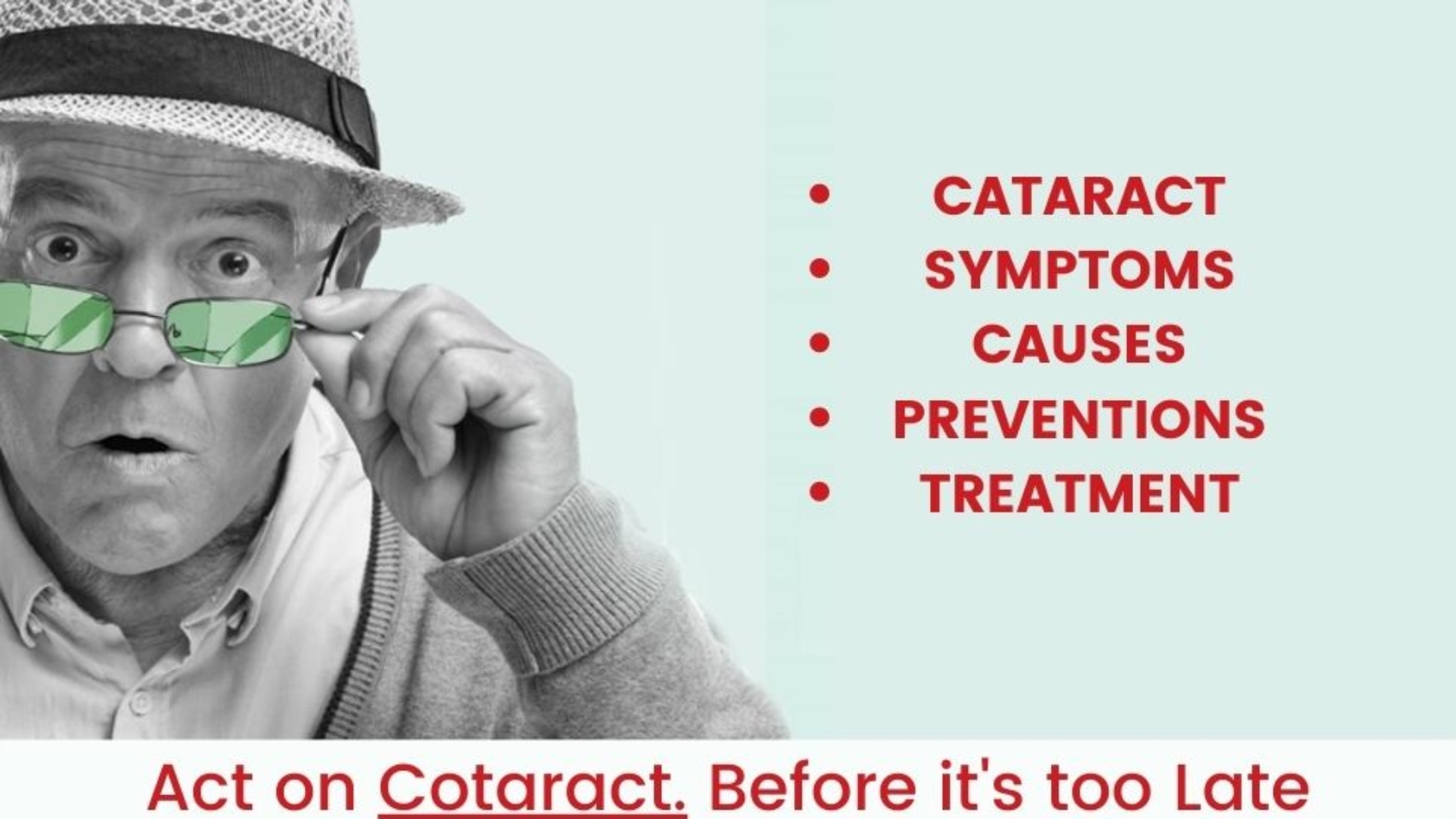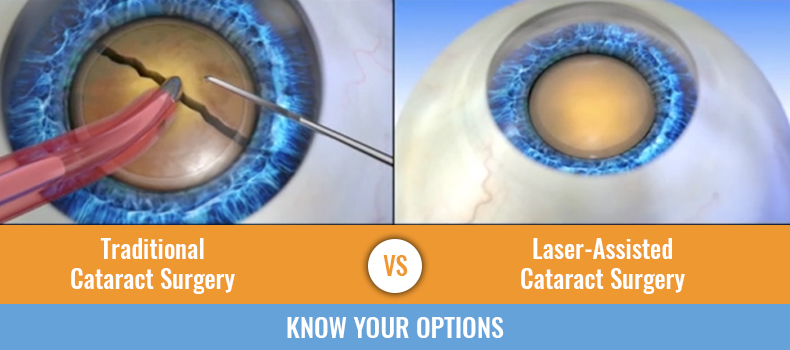What is hypertensive Retinopathy?
The retina is the tissue layer located in the back of your eye. This layer transforms light into nerve signals that are then sent to the brain for interpretation.
When your blood pressure is too high, the retina’s blood vessel walls may thicken. This may cause your blood vessels to become narrow, which then restricts blood from reaching the retina. In some cases, the retina becomes swollen.
Symptoms of hypertensive retinopathy
You probably won’t have any symptoms until the condition has progressed extensively. Possible signs and symptoms include:
- reduced vision
- eye swelling
- bursting of a blood vessel
- double vision accompanied by headaches
Get medical help immediately if your blood pressure is high and you suddenly have changes in your vision.
What causes Hypertensive Retinopathy?
Prolonged high blood pressure, or hypertension, is the main cause of HR. High blood pressure is a chronic problem in which the force of the blood against your arteries is too high.
The force is a result of the blood pumping out of the heart and into the arteries, as well as the force created as the heart rests between heartbeats.
When the blood moves through the body at a higher pressure, the tissue that makes up the arteries will begin to stretch and eventually become damaged. This leads to many problems over time.
HR generally occurs after your blood pressure has been consistently high over a prolonged period. Your blood pressure levels can be affected by:
- a lack of physical activity
- being overweight
- eating too much salt
- a stressful lifestyle
High blood pressure also runs in families.



